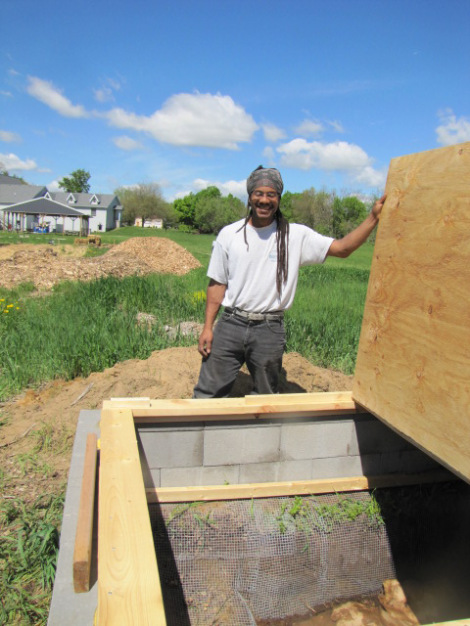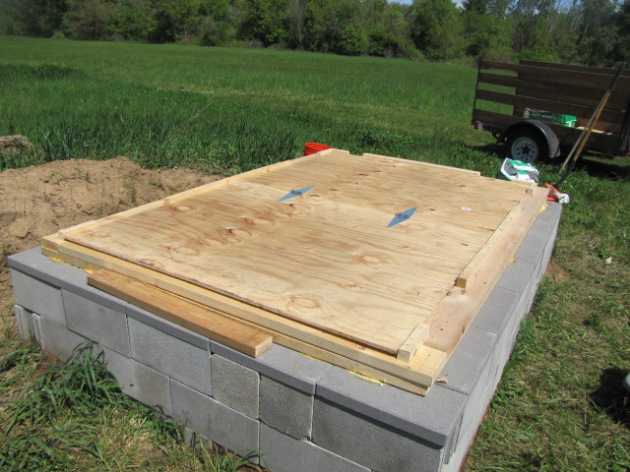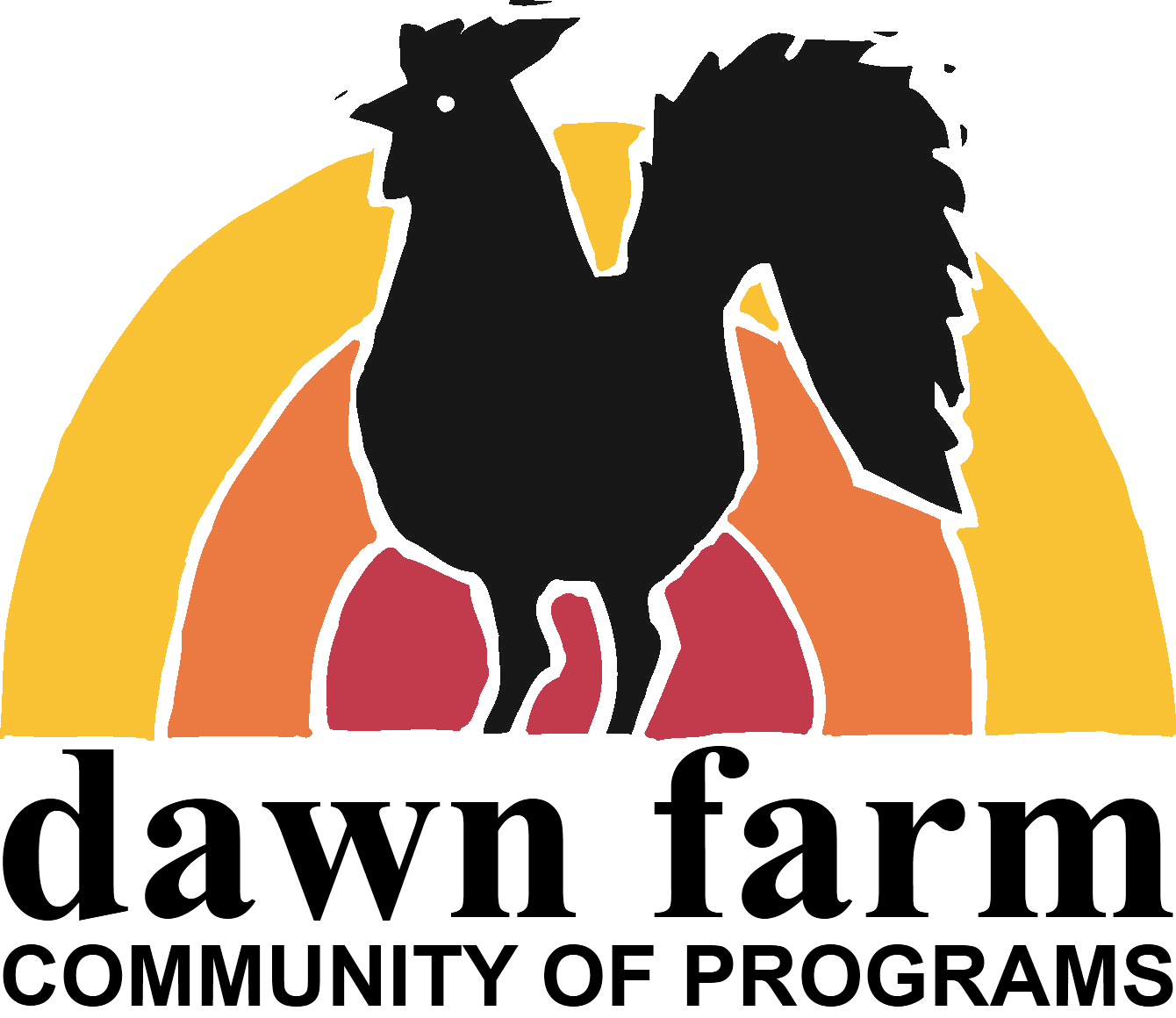One of the more exciting developments out here at the farm has been the revamping of our compost system. We had thrown the whole thing together out in the field behind the garden with bins made from t-posts and old bunk bed frames. Within these bins, we piled high all the farm’s manure, garden waste, and a fair amount of old vegetable scraps from our local co-op. It worked! Even though we didn’t manage it as intensively as we could, good old Mother Earth always works her magic and we were getting some usable compost despite our neglect. Below is a photo of the old site earlier in the spring.
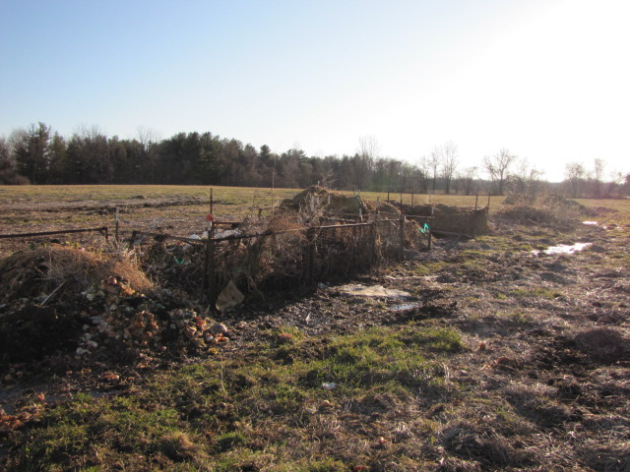
It was often kind of beautiful early in the cool spring mornings, the mounds of organic material letting off steam from all the microbial activity.
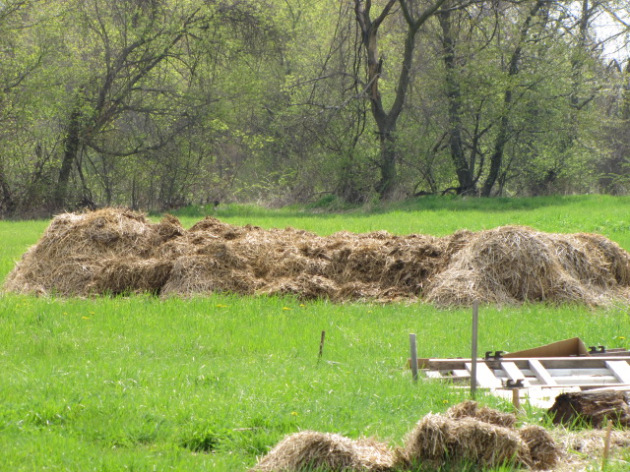
However, we did suspect that there was a better, cleaner, more efficient way of doing all this. So we called our old pal Jesse out at Starr Valley Farms to come out and assess the situation. He scoped out our site and the volume of waste we have, and recommended a simple 8″²x6″² in-ground vermicompost bin. We could hardly believe how condensed the set up could be with the help of a bunch of worms!
“”
Vermicompost basics:
- This is the practice of using worms in a system that helps us break down compostable materials into usable compost called “worm castings”.
- Worm castings are an especially rich form of compost- boasting higher nutrient values and moisture retention than other forms of compost.
- These castings contain a wealth of microbes that aide in the bioavailability of those nutrients for the plants they feed. It also contains a special substance that the worms provide that helps the finished compost hold its nutrient value.
- This results in a highly prized finished product that can greatly improve the health of a garden. In addition to the high nutrient values, it also helps to suppress plant disease.
- The worms do all the work turning and digesting the pile, resulting in much less work for us.
- It is so efficient that it means a much smaller, less smelly operation.
- It reduces pest issues. While open compost piles might invite animals to feast or nest, worm bins are pest free.
- It’s the gift that keeps giving! Worms will multiply and provide not only amazing compost, but we can also harvest the worms themselves! We can share or sell these critters to interested folks in the community. Worm farming can be successful in any setting- it’s an especially good option for apartment dwellers!
“”
Anyway, our system came together very quickly- a hole dug 2 feet down and lined with hardware cloth, sturdy cinderblock walls, and a lid to keep the light and heat out.
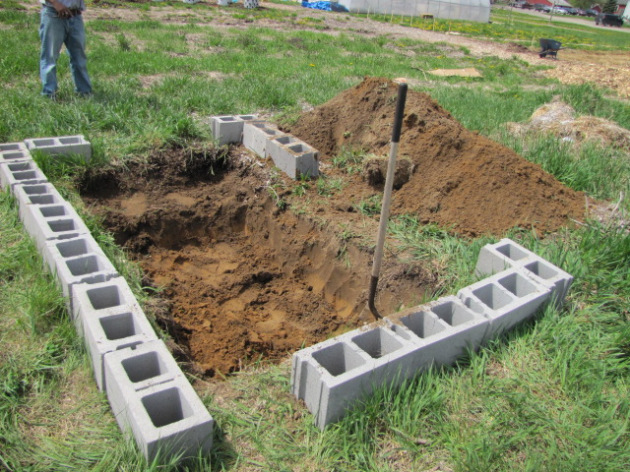
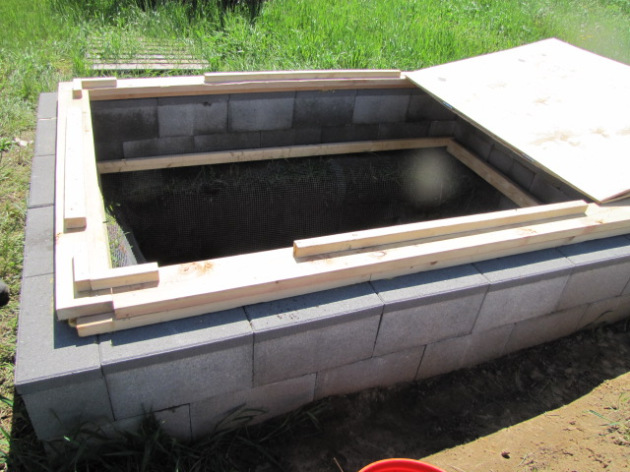
Once it was all put together, we added a good layer of peat moss at the bottom as bedding for the worms.
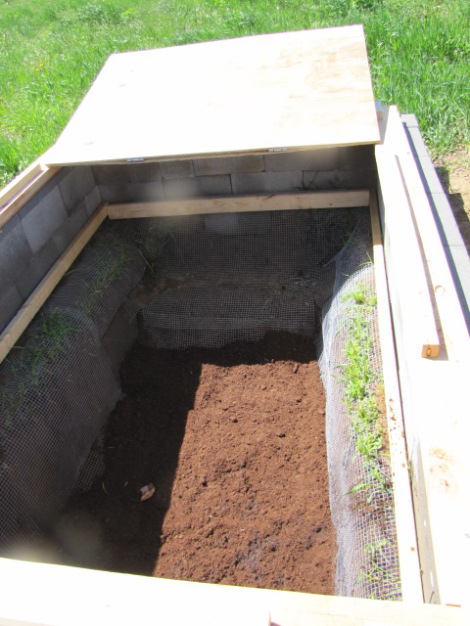
Then we added 5,000 red wigglers to the bin!
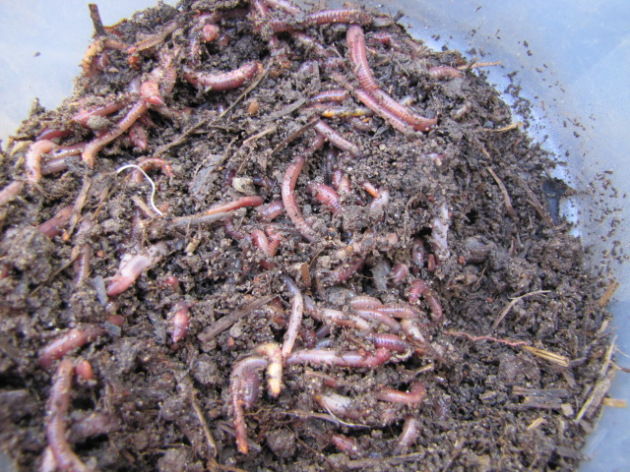
We gave them a little food out of our old compost piles and covered it with some wet cardboard. Easy!
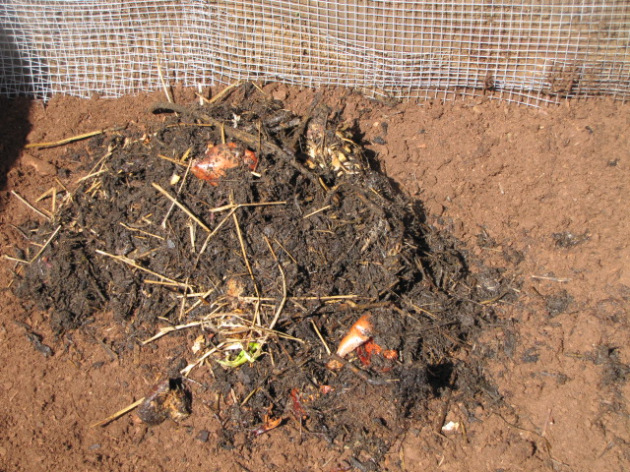
A big thank you to Jesse (pictured below) from Starr Valley Farms for helping us set up such an awesome system. He’s going to be helping us learn about our new wiggly friends throughout the whole season- from basic care and maintenance to how to harvest the worms and the finished castings. We’ll be sure to update on all the ins and outs of this adventure!
